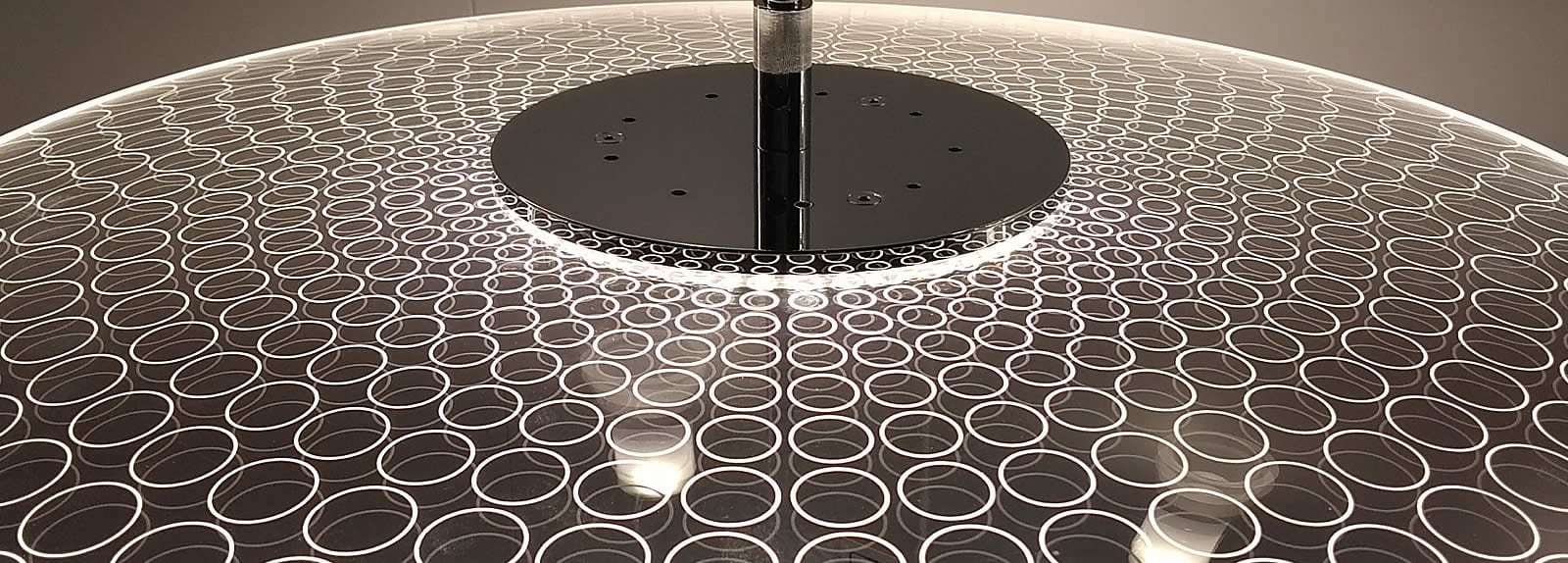
Best Top 10 Tips for Interior Lighting
What makes high-quality interior lighting?
We are often asked by clients what elements contribute to high-quality interior lighting for the home. Therefore, we have put together some helpful information below for you to explore in a little more detail and highlight a few top tips. High-quality interior lighting is a delicate combination of function, aesthetics, and flexibility. Together, they seamlessly deliver something special.
Without a doubt, these are the fundamental requirements for any interior space within the home where we work, relax, or play. The lighting should enhance your living space, providing a variety of options that allow the space to adapt to your needs and tasks at different times of the day.
This is especially important since the pandemic, as people’s new normal at home has transformed. Previously, assigned spaces needed to be more than just a bedroom, lounge, or dining area. However, these former single-use rooms need to be multi-functional, serving as an office or workspace for one moment and then returning to their original use for the remainder of the day. Consequently, the lighting also needs to be able to adapt to these diverse requirements. Part 2, which covers ten useful lighting terminologies explained, may also aid you in your lighting design endeavour.
High-quality interior lighting is a delicate combination of function, aesthetics and flexibility.
Nonetheless, if the interior lighting embraces the previously mentioned function, aesthetics, and flexibility, this can be transformed automatically at the touch of a button, voice command, or set. The best time to think about interior lighting is when remodelling an interior space or home project begins. Naturally, not everyone will find themselves in this position.
On the other hand, not all is lost as we can turn to new lighting products, controls, and smartphone apps. These devices can achieve the desired solutions without disturbing walls and ceilings to install cabling and switches.
Here are some handy ideas on how to first approach achieving high-quality lighting for your interior projects:
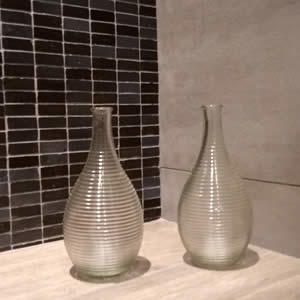
1. Functionality
It is critical to determine what functions or additional uses each room will or may have so that different types of lighting can be included.
-
- Ambient or background lighting
- Task lighting
- Side lighting
- Up and downlights
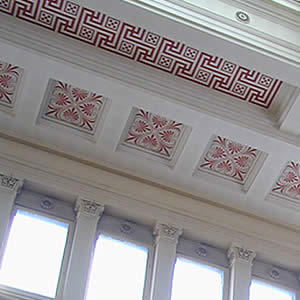
2. Architectural Features
If the space has interesting architectural features, these can be cleverly highlighted to give them a presence, add splendour, and create a design statement.
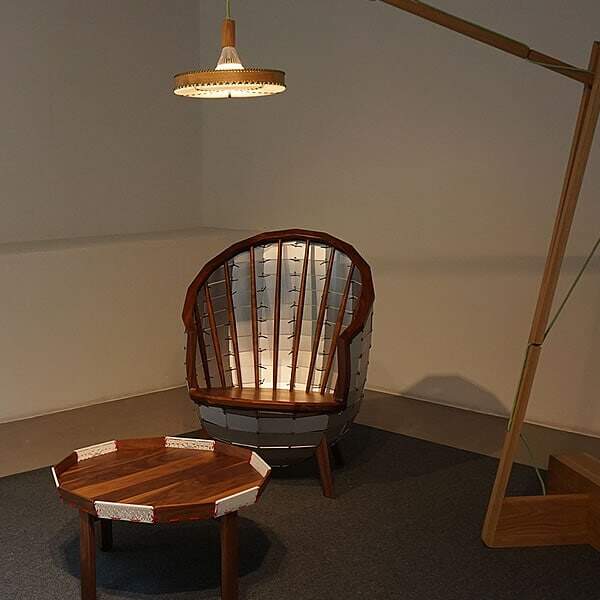
3. Aesthetics & Style
It would be best if you kept in mind what style you are trying to achieve with your interior lighting design. Each source of light should complement the other and not compete. Do the light fittings you are considering both improve the aesthetics of the room and, additionally, stand the test of time?
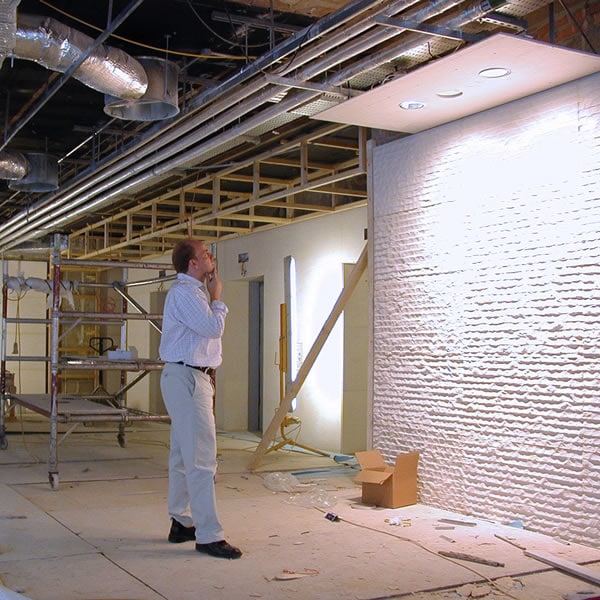
4. Mocking up
It’s essential to test your interior lighting ideas with mock-ups before finalizing your design. This step allows you to experiment with different lighting techniques and fixtures, ensuring that your space looks perfect.
By creating mock-ups, you can see how different light sources – such as lamps, overhead lights, or natural light – interact with your furniture, decor, and colour scheme. This process allows you to make informed decisions about the placement, intensity, and type of lighting that will best enhance your space’s aesthetic appeal and functionality. Don’t underestimate the value of mock-ups – they can save you time, money, and disappointment in the long run.
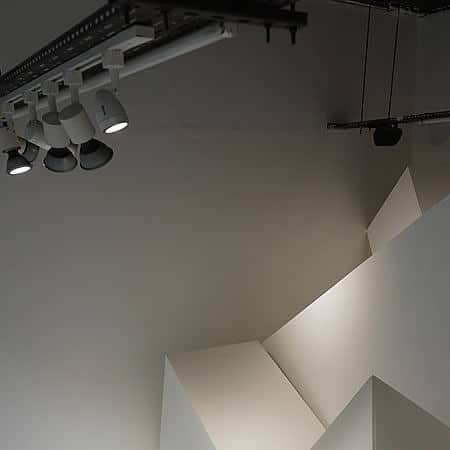
5. Ceiling Heights
Uplights and downlights can truly enhance the room, but knowing when and where to use them is key. Our lighting team likes to use hidden floor up-lighters as they cast intriguing shadows onto the ceiling and provide a soft ambient light. They are very flexible and can be easily moved around the room without causing damage to the decoration.
On the flip side, we are not so fond of typical downlights for relaxing areas. We believe they can look a little too office-like and can be disturbing to the eye unless they are well-recessed or have antiglare filters. Plus, in lots of lighting installations, there are far too many downlight fittings specified, leaving the ceiling looking messy and cluttered. Therefore, the right choice of light fitting, the number of them, and their placement are critical to achieving the right balance to deliver quality lighting. This might sound like a simple task, but it is far from straightforward for a non-professional to achieve.
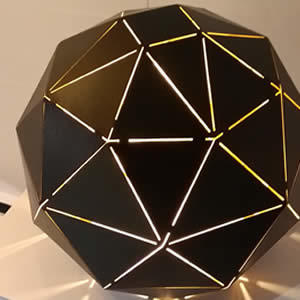
6. Table & Floor Lights
They give a beautiful, natural, inviting light that is gentle on the eyes in general, especially when equipped with an adequate light shade or shielding. A wide range of contemporary table LED fittings offer sculptural shapes that can serve as a focal point in the room as well as good task lighting.
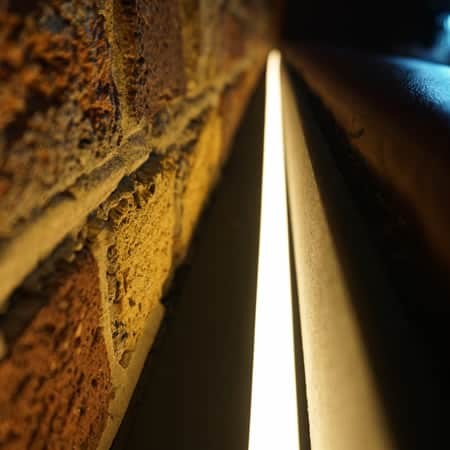
7. Cove Lighting
With the use of LED ribbon lighting, it is possible to evenly light a ceiling or walls from picture rails, coves, or architectural features. This type of lighting was previously only possible by using expensive or bulky technologies. Nevertheless, with the introduction of LEDs, this has become cost-effective and mainstream, adding a wonderful airiness and wow factor to all manner of spaces. For those who want a more futuristic or contemporary appearance in their environment, this is possibly one option worth considering.
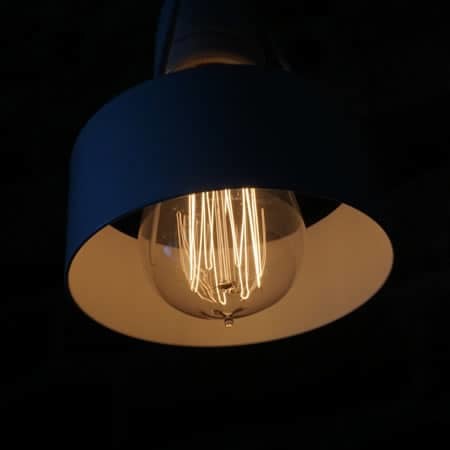
8. Pendant & Ceiling Lights
Ceiling lights have recently taken on some new and dramatic shapes, which can be sculptural in form. However, be careful, as they can have mounting boxes that distract from the design of the light fitting. These fixtures have the advantage of being able to be swapped out for your existing lighting without requiring any changes to the electrical wiring.
Pendant or hanging lights have been around forever, but more recently they are being used together in a series with Edison bulbs. These pendants hang over a dining table or kitchen island, which can make for a funky statement and produce a very nice, comfortable light to dine by.
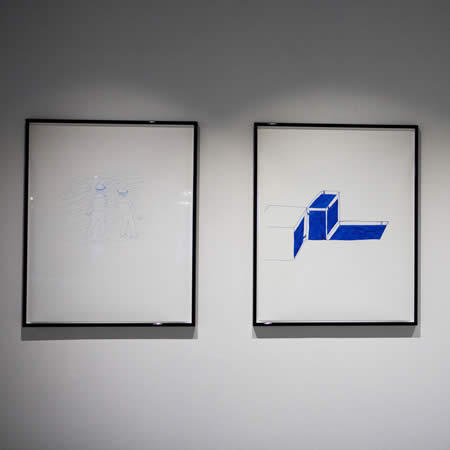
9. Art Lighting
If you have a nice collection of photographs, paintings, or sculptures, lighting plays a big part in telling their individual stories. Interior art lighting is typically divided into two types: spotlighting and picture lights. Each has its benefits, but the most versatile is a track spotlight solution. Though, if you have a stately home, then this might not be the preferred aesthetic option. As a result, using a light bar or picture light right above the artwork may be a better option, but only if each location has access to electrical power.
There are rechargeable picture lights, which are fine for exhibitions, but I would not want the fuss or bother of always having to recharge them in my home. If you would like to explore art lighting in a little more detail, do take a look at our snippet galleries or lighting blog.
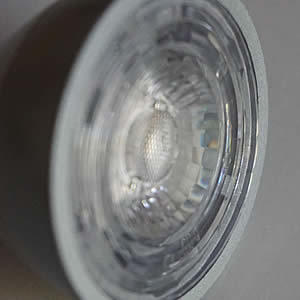
10. Advice
We suggest you always ask others for advice. This can be from someone you think has a sense of style, practicality, or good taste. You may not agree with their comments, but they might just observe your interior space from a different perspective. In addition, they might make a fantastic suggestion you hadn’t thought of yet.
If your budget allows it, we would always recommend having a lighting designer do an initial consultation. During this consultation, they will cover all of these points and offer aesthetic ideas. In the long run, your money will prove well spent.
